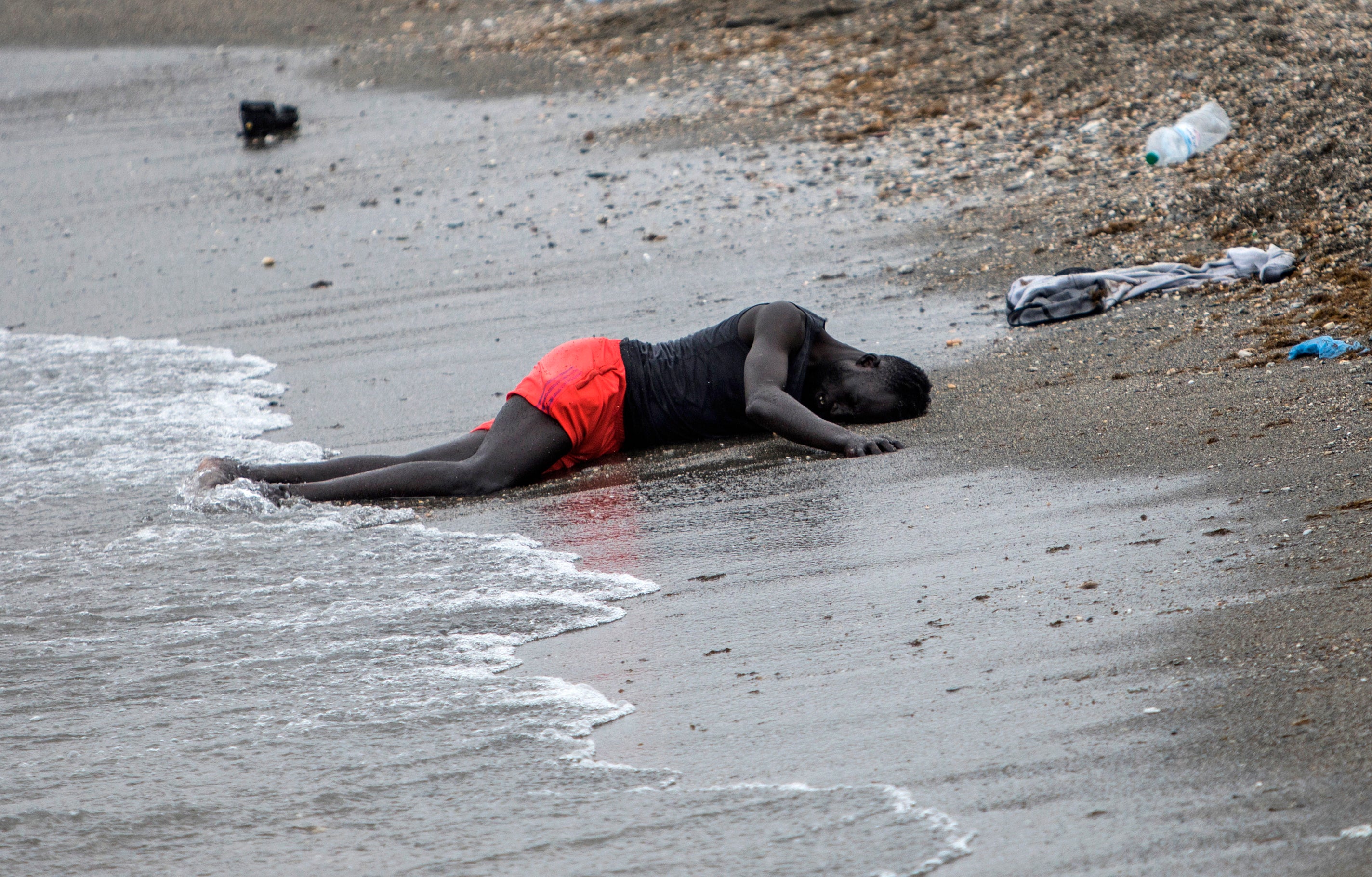AP PHOTOS: Death and despair on Europe's African frontier

Your support helps us to tell the story
From reproductive rights to climate change to Big Tech, The Independent is on the ground when the story is developing. Whether it's investigating the financials of Elon Musk's pro-Trump PAC or producing our latest documentary, 'The A Word', which shines a light on the American women fighting for reproductive rights, we know how important it is to parse out the facts from the messaging.
At such a critical moment in US history, we need reporters on the ground. Your donation allows us to keep sending journalists to speak to both sides of the story.
The Independent is trusted by Americans across the entire political spectrum. And unlike many other quality news outlets, we choose not to lock Americans out of our reporting and analysis with paywalls. We believe quality journalism should be available to everyone, paid for by those who can afford it.
Your support makes all the difference.The young man wore red-and-white-soled sneakers for what proved to be his fatal final journey. The shoes were still on his feet when Spanish rescue workers fished his inert body from the waves of the Mediterranean and wrapped it in foil, like a macabre gift.
They piled pebbles on the fringes to stop the shiny golden covering from blowing away. Two burly men in white coveralls then arrived with a plastic coffin. Their boots scrunched on the shingle as they carried the corpse away: yet another body, picked up off yet another European shore.
After beaches in Greece, Italy and elsewhere, a fleck of Spanish territory on the northern coast of Africa this week became the latest deadly flashpoint in Europe’s battle to stem migration flows from less fortunate regions of the world wracked by conflict, poverty and other miseries.
In an unprecedented 48-hour siege that quickly overwhelmed Spanish authorities, more than 8,000 people clambered around border fences and swam from Morocco to the Spanish-governed enclave of Ceuta
Spanish authorities recovered two bodies from the waves, both young men from Morocco.
Some swimmers knelt down in prayer before wading from Moroccan beaches into the Mediterranean, hoping to make land in Ceuta and, from there, make new lives in mainland Europe.
Some swam with packages of belongings. Weaker swimmers struggled in the waves and marine currents. A rictus of pain contorted the face of a young migrant as he flailed through the final meters (yards) to shore.
A barefoot swimmer reached Ceuta seemingly so exhausted that he couldn’t immediately drag himself from the surf. He lay face down, grimacing, his right hand clutching the wet sand. The man later bear-hugged a Spanish Red Cross worker who comforted him. With a tender hand on the back of his head, she held him to her shoulder.
Other migrants piled aboard flimsy boats. One small craft with 14 tightly packed young men aboard floated dangerously low in the water. They used empty bottles to bail it out. Another man swam along behind, clutching the stern.
Rushed in to plug the holes in the porous border through which people streamed, Spanish troops in flak jackets and with long truncheons rounded up young men in Bermuda shorts, tracksuits and soccer jerseys bearing the names of the sport’s biggest stars.
Soldiers chased across the pebbles after migrants in sandals and flimsy shoes. At night, alleyways in Ceuta echoed with the patter of migrants running and hiding.
On the Moroccan side, more young men streamed toward the enclave, on well-trodden paths through tall, flowering shrubs.
Posted along a towering border fence, Spanish soldiers watched through the mesh as migrants gathered on the other side, on a boulder-strewn seafront and on arid hills overlooking Ceuta.
Spanish forces rained down tear gas canisters onto the swelling crowds, the acrid smoke trailing curly white plumes.
Spanish armored vehicles parked along the beach, their wheels digging into the shingle that was strewn with discarded clothes and other debris left by migrants who swam around the fence to Ceuta.
For the vast majority, its shores were as close as they came to the possibility of a new start in Europe.
The bulk — more than 7,000 — were quickly sent back. Soldiers escorted them to a gate in the border fence, expelling them into Morocco.
But how long before the waters beckon them back?
___
Follow AP’s global migration coverage at https://apnews.com/hub/migration